Raynaud's Syndrome - Decoding this Phenomenon
Nov. 22, 2023 #HypertensionTitle: Unraveling Raynaud's Phenomenon: Causes, Symptoms, Diagnosis, and Treatment

Introduction
Raynaud's phenomenon is a vascular disorder characterized by episodic narrowing of blood vessels, primarily in the fingers and toes, leading to reduced blood flow and color changes in the affected areas. This condition, often triggered by cold temperatures or emotional stress, can significantly impact an individual's quality of life.
In this comprehensive guide, we will delve into the definition of Raynaud's phenomenon, explore its causes and symptoms, discuss the diagnostic process, and elucidate the various treatment options available to manage this unique vascular disorder.
Defining Raynaud's Phenomenon
Raynaud's phenomenon, named after the French doctor Maurice Raynaud who first described it in 1862, is a condition characterized by exaggerated vasoconstriction (narrowing of blood vessels) in response to cold or emotional stress. This abnormal vascular response primarily affects the small arteries that supply blood to the skin, leading to episodes of reduced blood flow and the characteristic color changes in the extremities.
There are two main types of Raynaud's phenomenon:
Primary Raynaud's Phenomenon:
Also known as Raynaud's disease, this form is more common and tends to be less severe. It is not typically associated with other medical conditions and is often milder in its impact.
Secondary Raynaud's Phenomenon:
Also referred to as Raynaud's syndrome, this form is associated with other underlying health conditions, such as autoimmune diseases (e.g., scleroderma, lupus), connective tissue disorders, or diseases affecting blood vessels. Secondary Raynaud's is generally more severe and requires comprehensive management of the underlying condition.
Causes of Raynaud's Phenomenon
The exact cause of Raynaud's phenomenon is not fully understood, but it is believed to involve an abnormal response of the blood vessels to certain triggers. Key factors contributing to Raynaud's phenomenon include:
Vasoconstriction:
The primary characteristic of Raynaud's is abnormal vasoconstriction, where blood vessels narrow excessively in response to cold or stress. This reduces blood flow to affected areas, leading to the hallmark color changes.
Hypersensitivity to Cold:
Individuals with Raynaud's phenomenon are more sensitive to cold temperatures, which can trigger vasospasm and episodes of reduced blood flow.
Emotional Stress:
Emotional stress, such as anxiety or emotional distress, can also trigger episodes of Raynaud's phenomenon. The exact mechanisms linking emotional stress to vascular changes are complex and involve the autonomic nervous system.
Underlying Health Conditions:
Secondary Raynaud's phenomenon is often associated with other health conditions, particularly autoimmune diseases like scleroderma, lupus, and rheumatoid arthritis. Diseases affecting blood vessels, such as atherosclerosis, can also contribute.
Genetic Factors:
There may be a genetic predisposition to Raynaud's phenomenon, as it can run in families. However, the specific genetic factors involved are still under investigation.
Symptoms of Raynaud's Phenomenon
The symptoms of Raynaud's phenomenon typically manifest during episodes triggered by cold or stress. These episodes, known as vasospastic attacks, can vary in frequency and duration. Common symptoms include:
Color Changes in the Skin:
The affected areas, usually the fingers and toes, undergo distinct color changes during vasospastic attacks. These changes progress in stages:
Pallor (White): Blood flow is reduced, leading to a white or pale appearance.
Cyanosis (Blue): As the oxygen supply decreases, the skin takes on a bluish tint.
Erythema (Red): When blood flow returns, the affected areas may turn red as blood rushes back into the vessels.
Numbness or Tingling:
Individuals may experience numbness or tingling in the affected fingers or toes during an episode.
Cold Sensation:
The affected areas often feel cold to the touch due to reduced blood flow.
Throbbing or Pain:
As blood flow is restored, individuals may experience a throbbing or painful sensation in the affected extremities.
Ulcers or Sores:
In severe cases, repeated episodes of reduced blood flow can lead to the development of ulcers or sores, particularly on the fingertips or toes.
Gangrene (Rare):
In extreme cases, prolonged and severe episodes of Raynaud's phenomenon can lead to tissue damage, increasing the risk of gangrene. However, this is a rare complication.
It's important to note that the severity of symptoms can vary, and some individuals may only experience mild discomfort, while others may have more pronounced and frequent episodes.
Diagnosis of Raynaud's Phenomenon
Diagnosing Raynaud's phenomenon involves a comprehensive evaluation of symptoms, medical history, and, in some cases, specific diagnostic tests. Key steps in the diagnostic process include:
Clinical Assessment:
A healthcare provider will conduct a thorough examination, including a detailed medical history and a discussion of symptoms. The frequency, duration and triggers of vasospastic attacks will be assessed.
Allen's Test:
The Allen's test involves compressing the arteries in the wrist to assess blood flow. This test helps evaluate the adequacy of collateral circulation in the hand.
Nailfold Capillaroscopy:
This non-invasive test involves examining the tiny blood vessels (capillaries) in the nailfold under a microscope. Changes in capillary pattern and density can provide insights into vascular abnormalities associated with Raynaud's phenomenon.
Blood Tests:
Blood tests may be conducted to check for underlying autoimmune conditions, such as antinuclear antibodies (ANA) or rheumatoid factor. Elevated levels may suggest the presence of an associated autoimmune disorder.
Cold Stimulation Test:
In some cases, a cold stimulation test may be performed to induce vasospasm and observe the vascular response. During this test, the hands are immersed in cold water, and the provider monitors the changes in skin color and temperature.
Imaging Studies:
Doppler ultrasound or angiography may be used to assess blood flow and identify any vascular abnormalities.
Further Testing for Secondary Causes:
If secondary Raynaud's is suspected, additional tests may be conducted to identify the underlying cause. This may involve imaging studies, such as CT scans or MRI, to evaluate blood vessels and organs.
It's essential to differentiate between primary and secondary Raynaud's, as the underlying causes and management strategies can vary significantly.
Treatment Options for Raynaud's Phenomenon
The management of Raynaud's phenomenon aims to alleviate symptoms, prevent complications, and address any underlying causes. Treatment strategies may include:
Lifestyle Modifications:
Avoiding Triggers: Individuals with Raynaud's should take steps to minimize exposure to cold temperatures and emotional stress, which are common triggers.
Wearing Warm Clothing: Dressing in layers, including gloves and warm socks, can help maintain body temperature and reduce the risk of vasospastic attacks.
Hand and Foot Warmers: Using hand and foot warmers can provide additional warmth in colder environments.
Pharmacological Interventions:
Calcium Channel Blockers: Medications like nifedipine and amlodipine, which are calcium channel blockers, can help relax blood vessels and improve blood flow, reducing the frequency and severity of vasospastic attacks.
Vasodilators: Other vasodilator medications may be prescribed to promote blood flow.
Biofeedback and Relaxation Techniques:
Biofeedback: Biofeedback involves learning to control physiological responses, such as skin temperature and blood flow, through relaxation techniques.
Stress Management: Stress-reducing practices, such as meditation or deep breathing exercises, may help minimize the impact of emotional stress on Raynaud's symptoms.
Vasodilator Creams:
Nitroglycerin Cream: Topical nitroglycerin cream may be applied to the affected areas to promote vasodilation and improve blood flow.
Surgical Interventions:
Sympathectomy: In severe cases, surgical sympathectomy may be considered. This involves cutting or clamping the nerves that control blood vessel constriction. However, this procedure is reserved for specific situations due to potential risks.
Treatment of Underlying Conditions:
Management of Autoimmune Disorders: For individuals with secondary Raynaud's associated with autoimmune conditions, treatment focuses on managing the underlying disorder. This may involve immunosuppressive medications or disease-modifying anti-rheumatic drugs (DMARDs).
Precautions and Considerations
Regular Monitoring:
Individuals with Raynaud's phenomenon should undergo regular medical check-ups to monitor symptoms, assess treatment effectiveness, and identify any potential complications.
Prevention of Complications:
Efforts should be made to prevent complications, such as ulcers or sores, by maintaining good hand and foot hygiene and promptly addressing any signs of infection.
Collaborative Care:
Collaborative care involving various healthcare professionals, including rheumatologists, vascular specialists, and physical therapists, may be necessary for comprehensive management.
Patient Education:
Educating individuals with Raynaud's about the condition, triggers, and self-care strategies is crucial for empowering them to manage symptoms effectively.
Awareness of Medication Side Effects:
Individuals taking medication for Raynaud's should be aware of potential side effects and report any concerns or adverse reactions to their healthcare provider.
Adaptation to Lifestyle Changes:
Adapting to lifestyle changes, such as modifying activities during colder weather or incorporating stress-reducing practices, is essential for long-term symptom management.
Conclusion
Raynaud's phenomenon poses unique challenges due to its impact on blood vessel function and the potential for significant discomfort during vasospastic attacks. While there is no cure, effective management strategies can help individuals lead fulfilling lives by minimizing symptoms and preventing complications.
By combining lifestyle modifications, pharmacological interventions, and, in some cases, surgical approaches, healthcare providers can tailor treatment plans to the individual's needs. Ongoing research and advancements in understanding the vascular dynamics associated with Raynaud's phenomenon contribute to the refinement of treatment strategies, offering hope for improved quality of life for those affected by this vascular disorder.

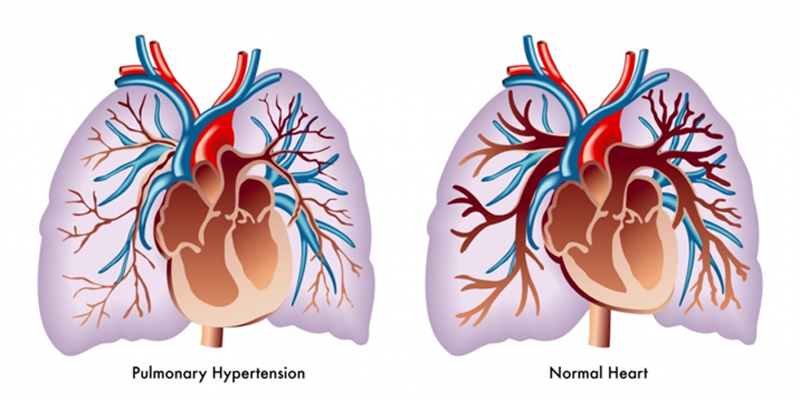
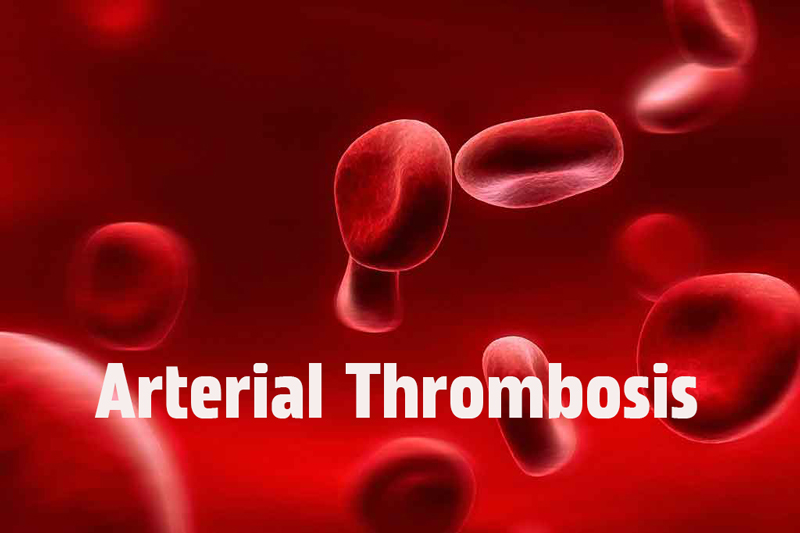
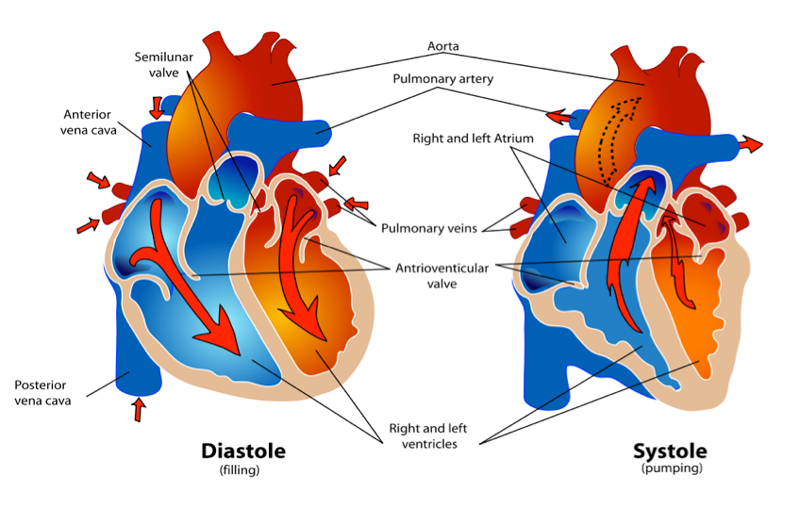
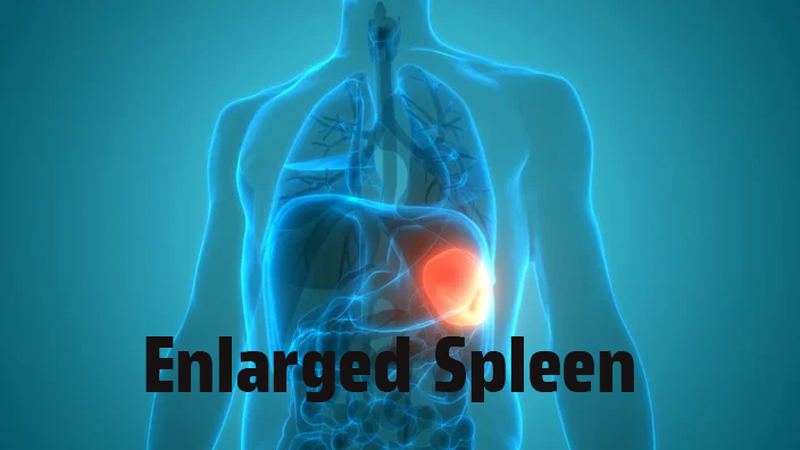




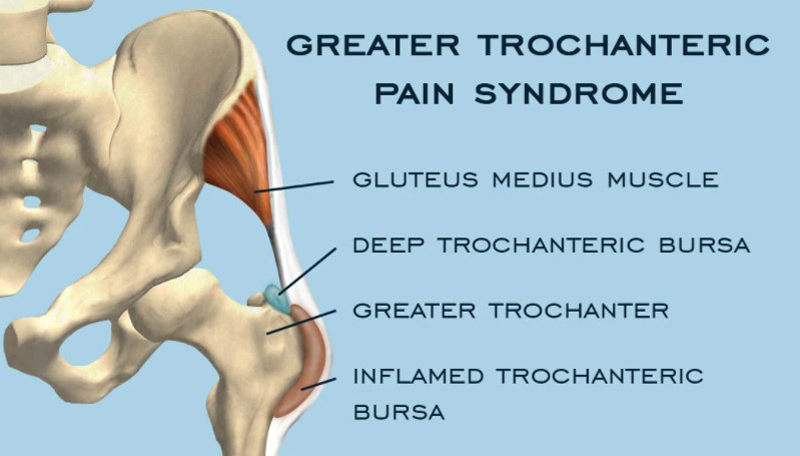
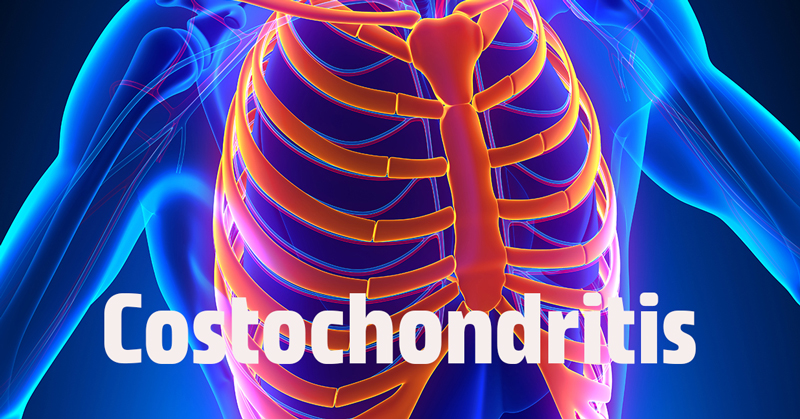
COMMENTS